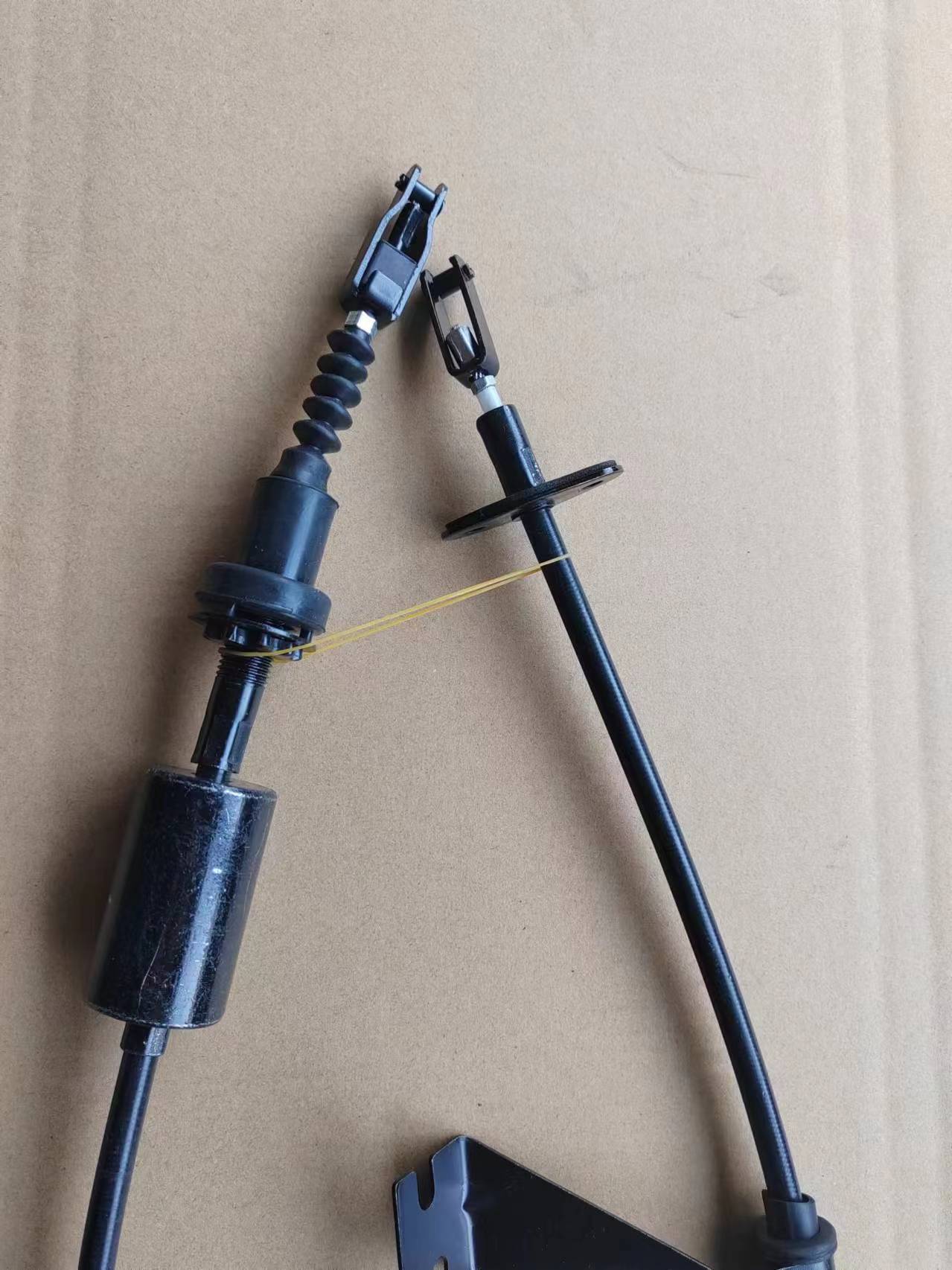gas pedal and cable
Understanding the Gas Pedal and Cable Key Components of Vehicle Performance
The gas pedal, a crucial component in any vehicle, serves as the driver's primary interface for controlling the engine's power output. It plays a significant role in determining the acceleration and overall performance of a car. Alongside the gas pedal, the gas pedal cable is equally important. This article delves into the functionality and significance of the gas pedal and cable in modern vehicles.
At its core, the gas pedal is an accelerator that allows the driver to regulate engine speed and power. When the driver presses down on the pedal, it sends a signal to the engine, indicating that more power is needed. This, in turn, opens the throttle, allowing more air and fuel into the engine, which increases its RPM (revolutions per minute). The response from the vehicle is immediate, translating the driver’s intention into acceleration.
Traditionally, gas pedals were connected to the engine via a cable system. This mechanical link consisted of a metal wire running from the pedal to the throttle body. When the pedal was pressed, the cable would pull on the throttle, opening it to allow more air into the engine. This system was straightforward and effective but could pose issues such as cable stretching, binding, and wear over time.
gas pedal and cable

In recent years, many modern vehicles have transitioned to electronic throttle control (ETC) systems, often referred to as drive-by-wire. In these systems, the gas pedal is connected to an electronic sensor rather than a cable. When the driver presses the pedal, the sensor detects the position and sends a signal to the engine control unit (ECU), which then adjusts the throttle position electronically. This method provides more precise control, enhances fuel efficiency, and can improve performance through better integration with other electronic systems in the vehicle.
The benefits of electronic throttle control extend beyond mere performance. It enhances safety features such as traction control and stability systems by allowing for more immediate and nuanced responses to changes in driving conditions. For example, if slippery conditions are detected, the ETC system can reduce engine power automatically to help maintain control, something a mechanical system may not handle as effectively.
Despite the evolution to electronic systems, understanding the gas pedal and cable remains essential for vehicle maintenance and troubleshooting. A malfunction in either component can affect how the vehicle accelerates or responds to driver input. Signs of problems may include unexpected surging, delayed responses, or even stalling. Regular inspections and timely replacements of worn cables or faulty sensors are crucial for optimal performance and safety.
In conclusion, whether through a traditional cable system or a modern electronic setup, the gas pedal and cable are integral to vehicle operation. They directly affect how a vehicle responds to the driver's commands, impacting overall driving experience and safety. As automotive technology continues to evolve, a solid understanding of these components will remain fundamental for both drivers and automotive professionals alike.
-
Workings of Clutch Pipe and Hose SystemsNewsJun.04,2025
-
The Inner Workings of Hand Brake Cable SystemsNewsJun.04,2025
-
The Secrets of Throttle and Accelerator CablesNewsJun.04,2025
-
The Hidden Lifeline of Your Transmission Gear Shift CablesNewsJun.04,2025
-
Demystifying Gear Cables and Shift LinkagesNewsJun.04,2025
-
Decoding Clutch Line Systems A Comprehensive GuideNewsJun.04,2025
